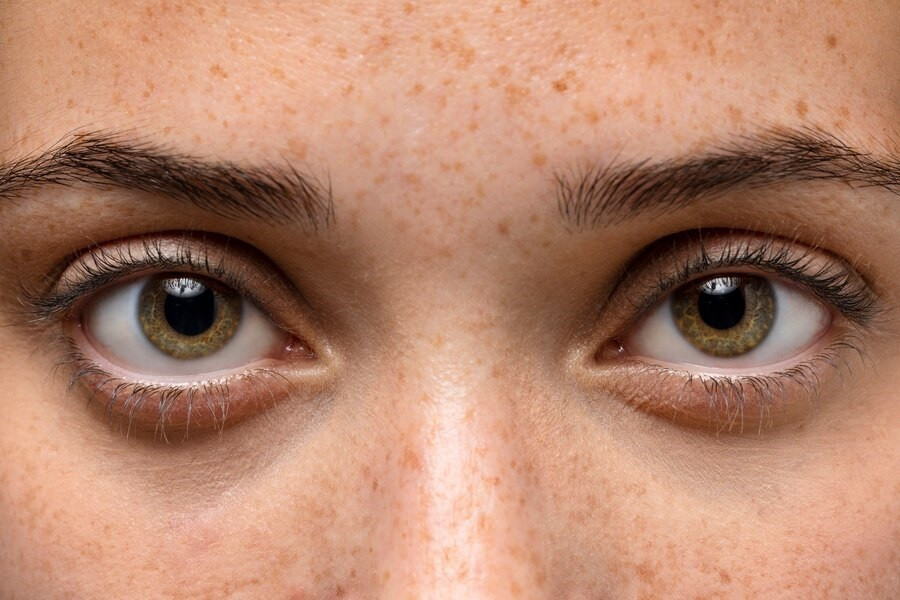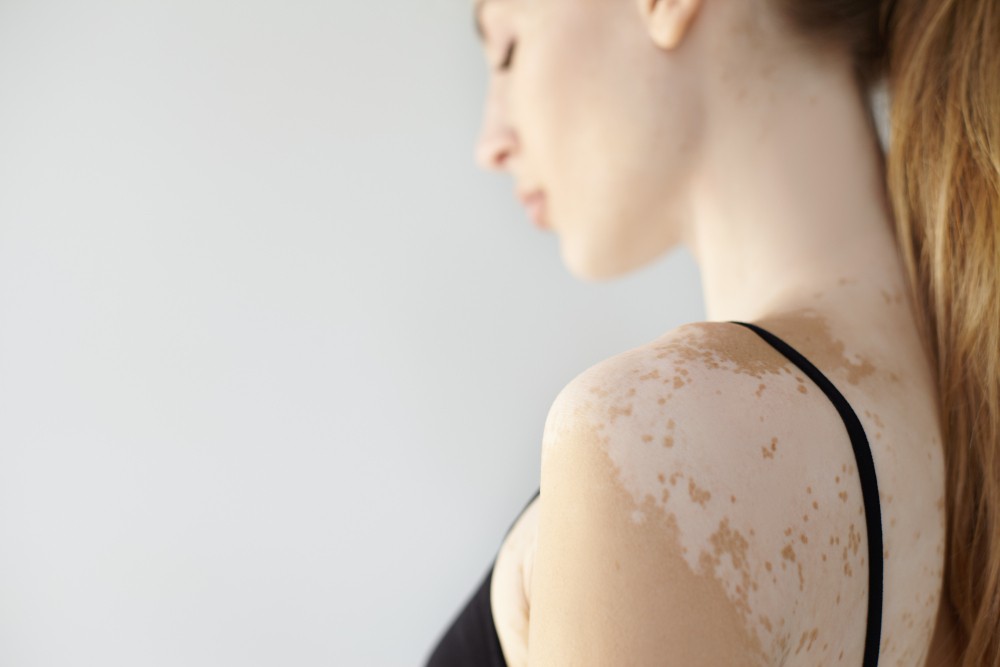Hyperpigmentation is a skin condition characterized by changes in skin color caused by an excess of pigment production.
There are many different shapes and tones of hyperpigmentation, such as brown, black, gray, red, or pink patches. Spots of hyperpigmentation frequently cause discomfort and become an aesthetic issue for most people.
Types of Hyperpigmentation and Their Causes
Hyperpigmentation is categorized into three common types, each with different causes:
Melasma
Melasma is a skin condition in which dark spots and patches appear on the face. These spots are darker than a person's natural skin color.
Sun exposure and hormonal changes, such as those that occur during pregnancy or when using hormonal contraception, are the main causes of melasma. It is not possible for melasma to spread from one person to another by skin contact or any other method.
It can be challenging to fully treat and eradicate melasma. It's possible for this skin problem to last for years. To reduce the melasma-related changes in skin tone, intensive treatment is required.
Post-Inflammatory Hyperpigmentation (PIH)
A frequent skin condition brought on by inflammation or skin trauma is called post-inflammatory hyperpigmentation (PIH). Inflammation or damage can cause color changes in the skin, causing some areas to become darker than their natural color.
PIH can be brought on by a variety of skin injuries or inflammations, including dermatitis, acne, burns, wounds, insect bites, and allergic responses. Individuals who have darker skin tones or who spend more time in the sun are more likely to develop photosensitive ischemic illness (PIH). Moreover, sun exposure without sunscreen can delay the healing of PIH.
Read more: Syringoma, Small Spots that Are Benign Tumors in the Skin
Age Spots
Age spots are one of the common signs of skin aging caused by excessive sun exposure over the years. These spots often appear on the skin areas most exposed to the sun such as the face, back of the hands, shoulders, or lower arms.
Age spots have several specific characteristics, including:
- Oval or round shape with a size of about 13 millimeters that can appear alone or in group together
- Tan to dark brown spots, varying depending on skin pigmentation and frequency of sun exposure
- More likely to appear on body areas most exposed to the sun
- Spots are darker than the surrounding skin
How to Address Hyperpigmentation Problems
Depending on the causes, severity, and personal preferences of the hyperpigmentation, numerous treatments may be used to address the condition. On the other hand, hyperpigmentation issues can be resolved in a number of ways, such as:
- Use of skin lightening creams: Skin lightening creams containing active ingredients such as hydroquinone, azelaic acid, kojic acid, and tretinoin can help reduce melanin production, thus fading dark spots on the skin. However, due to their risks, it is advisable to consult with a doctor first to get recommendations for the right and safest product.
- Laser therapy: A laser peel treatment uses targeted beams of light to reduce hyperpigmentation, especially in more severe or deep conditions.
- Chemical peels: Chemical peels can help peel off the top layer of the skin, stimulate the regeneration of new skin cells, and fade hyperpigmentation. There are many types of chemical peels that can be used either at home or in beauty clinics.
Read more: Chemical Peeling Procedure, What are the Benefits for Skin?
- Sunscreen: Using sunscreen daily is essential to prevent further hyperpigmentation and protect the skin from sun exposure that can worsen the condition. Make sure to use high SPF and broad-spectrum sunscreen to protect the skin effectively from UVA and UVB exposure.
- Microdermabrasion: Another dermatological procedure that can be used to address hyperpigmentation is microdermabrasion. This procedure works by buff off an outer layer of the skin using a special tool.
Using skincare creams to treat hyperpigmentation issues is not always simple. It is best to speak with a doctor for more efficient treatment and care if you have tried skincare products and sunscreen but the skin spots are still difficult to treat. You can either visit a doctor or make use of the consultation features that are available in the Ai Care application.
Want to know tips and tricks for health, first aid, and other home treatments? Click here!
- dr. Monica Salim
Beth Sissons (2023). What to know about hyperpigmentation. Available from: https://www.medicalnewstoday.com/articles/323808
Cristina Mutchler (2023). What Is Hyperpigmentation?. Available from: https://www.health.com/hyperpigmentation-8386761
Christine Case-Lo and Kristeen Cherney (2024). What Causes Skin Discoloration?. Available from: https://www.healthline.com/health/discolored-skin-patches
Cleveland Clinic (2021). Hyperpigmentation. Available from: https://my.clevelandclinic.org/health/diseases/21885-hyperpigmentation
American Academy of Dermatology Association (2022). Melasma: Overview. Available from: https://www.aad.org/public/diseases/a-z/melasma-overview
Elizabeth Lawrence and Khalid M. Al Aboud (2022). Postinflammatory Hyperpigmentation. Available from: https://www.ncbi.nlm.nih.gov/books/NBK559150/
Mayo Clinic (2022). Age spots (liver spots). Available from: https://www.mayoclinic.org/diseases-conditions/age-spots/symptoms-causes/syc-20355859
Kristeen Cherney (2023). 8 Treatment Options for Hyperpigmentation. Available from: https://www.healthline.com/health/beauty-skin-care/hyperpigmentation-treatment
Cleveland Clinic (2023). Yes, You Should Wear Sunscreen Every Day. Available from: https://health.clevelandclinic.org/why-you-should-wear-sunscreen-every-day











